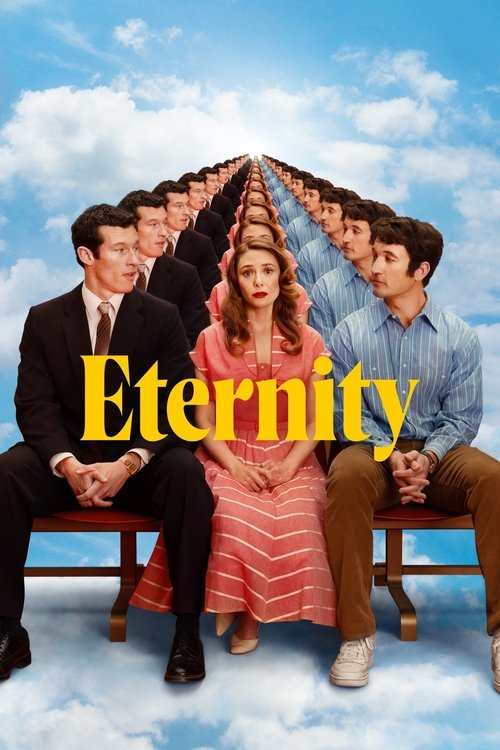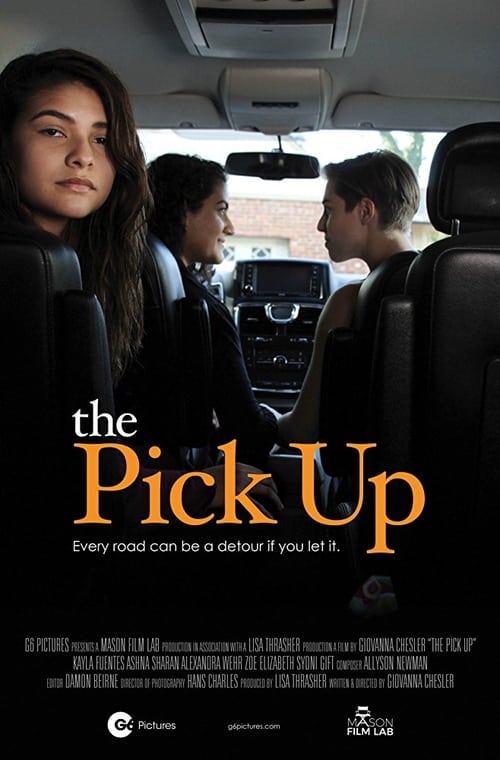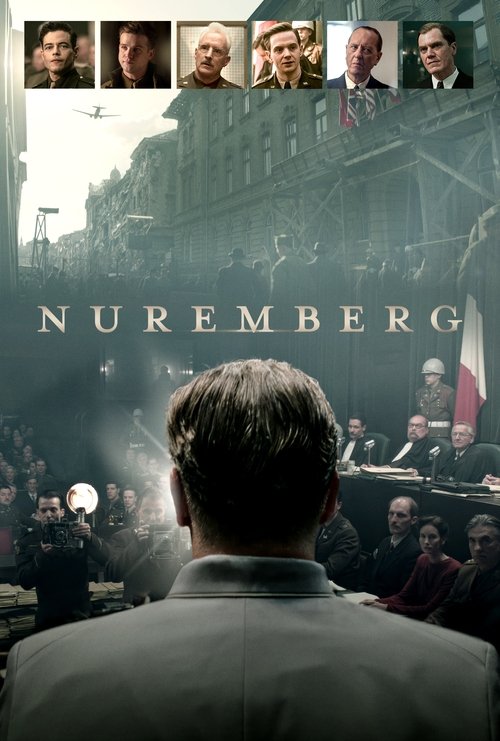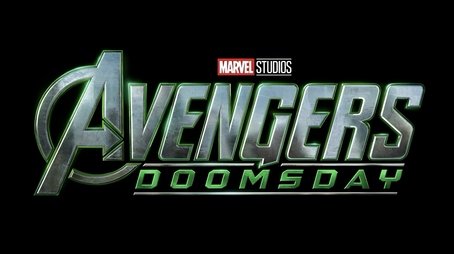
Ask Your Own Question
What is the plot?
The morning of Russell Pierce's 25th wedding anniversary dawns with a quiet routine in New Jersey. Russell, a seasoned armored car driver played by Eddie Murphy, prepares for what he hopes will be one of his final shifts before retiring to open a bed and breakfast with his wife, Natalie (Eva Longoria). The day is marked by a subtle tension; Russell is stoic, focused, and eager to leave behind the dangers of his job. Natalie's presence is brief but poignant--her spicy Latina persona adds a personal stake to the day, especially with the subplot revolving around her wedding ring, symbolizing their long marriage and Russell's desire for stability.
At the same time, Travis Stolly (Pete Davidson), a brash and immature rookie armored truck driver with dreams of becoming a police officer, embarks on his first shift paired with Russell. Travis is socially awkward and impulsive but secretly a math whiz, a contrast that underscores his naivety and inexperience compared to Russell's professionalism. The two men's personalities clash immediately, setting a tone of uneasy partnership.
The film opens with Travis on a bank pickup, fumbling but eager, establishing his role and the routine nature of their job. Meanwhile, in a flashback to the night before, Zoe (Keke Palmer), a cunning and charismatic criminal mastermind, seduces Travis. She gets him drunk, extracting critical details about the armored truck's route and schedule. Travis, oblivious to her true intentions, confesses everything in his drunken state, unwittingly setting the stage for the heist to come.
The armored truck's route is a crucial element--stretching 70 to 100 miles from New Jersey toward the Atlantic City area, it passes through a notorious "dead zone" with no cell phone signal and no other cars, making it an ideal location for an ambush. This isolated stretch becomes the battleground for the ensuing chaos.
As Russell and Travis drive the armored truck along this route, Zoe, along with her accomplices Banner and Miguel, execute their plan. The criminals ambush the truck with precision, initiating a high-stakes chase. Russell, relying on his experience, attempts to defend the truck and its cargo. In a tense moment, he throws dye packs--exploding bags of colored dye used to mark stolen money--at Banner and Miguel's cars. The dye packs cause their vehicles to crash violently, flipping over and leaving Banner and Miguel presumably dead. This violent crash is a pivotal moment, eliminating two of Zoe's henchmen and escalating the stakes.
However, Zoe is undeterred. She manages to hijack the armored truck itself, forcing Russell and Travis into a tense and uneasy cooperation. It is here that the film's major revelations unfold. Zoe reveals that her goal was never to steal the money or contraband inside the truck. Instead, she needs the armored vehicle itself for a larger heist--a $60 million cash pickup from a casino. This twist reframes the entire conflict, shifting the focus from a simple robbery to a strategic theft of the truck as a tool for a grander crime.
Travis recognizes Zoe during the hijacking, recalling their one-night stand and realizing how she manipulated him to gain insider information. This personal betrayal adds emotional complexity to the story, highlighting Travis's naivety and the consequences of his reckless behavior.
Russell also discovers that the cargo they are transporting is not just cash but contains contraband, complicating the situation further. This discovery adds a layer of moral ambiguity and danger, as the contents of the truck are more valuable and risky than initially believed.
The climax unfolds with Zoe in control of the armored truck, Russell and Travis forced to cooperate with her plan. The film ends on a note of unresolved tension, with Zoe's heist plan set in motion but its ultimate success or failure left open. The armored truck, now in Zoe's hands, symbolizes the shift in power and the beginning of a new, larger criminal endeavor.
Throughout the film, the interplay between the characters--Russell's stoicism and experience, Travis's impulsiveness and secret brilliance, and Zoe's cunning manipulation--drives the narrative forward. The setting of the dead zone on the armored truck route creates a claustrophobic and high-stakes environment that heightens the tension. The deaths of Banner and Miguel in the car crashes serve as brutal reminders of the risks involved, while the personal betrayals and revelations deepen the emotional stakes.
In the final moments, the uneasy alliance between Russell, Travis, and Zoe sets the stage for potential future conflict, leaving audiences with a blend of action, suspense, and dark humor. The film closes with the armored truck speeding toward Atlantic City under Zoe's control, the promise of a $60 million casino heist looming large, and the fates of Russell and Travis uncertain but irrevocably changed.
🔥 Trending Movies Now
Browse All Movies →What is the ending?
In the ending of "The Pick Up," the main character, a young woman named Tessa, confronts her feelings and the consequences of her choices. After a series of emotional encounters, she ultimately decides to embrace her independence and move forward in her life, leaving behind the complicated relationships that have defined her journey.
As the film approaches its conclusion, we find Tessa standing at a crossroads, both literally and metaphorically. The sun is setting, casting a warm glow over the city streets, symbolizing the end of one chapter and the beginning of another. She reflects on her experiences, the people she has met, and the lessons she has learned.
In a pivotal scene, Tessa meets with her love interest, who has been a source of both joy and turmoil in her life. They share a heartfelt conversation, filled with unspoken words and lingering glances. Tessa expresses her desire to find herself outside of their relationship, acknowledging the love they shared but recognizing that it has become a burden. The emotional weight of their connection hangs in the air, and as they part ways, there is a sense of bittersweet closure.
Next, Tessa visits her family, where she confronts her past and the expectations that have shaped her. The atmosphere is tense, filled with unspoken grievances and unresolved issues. Tessa stands her ground, asserting her independence and making it clear that she will no longer be defined by her family's expectations. This moment is cathartic for her, as she finally embraces her own identity.
The final scenes depict Tessa walking through the city, her expression a mix of determination and hope. She takes a deep breath, feeling the weight of her decisions lift as she steps into a new phase of her life. The camera captures her silhouette against the vibrant backdrop of the city, symbolizing her newfound freedom.
As the credits roll, we see glimpses of Tessa's future--her pursuing her passions, meeting new people, and finding joy in her independence. The film closes on a note of optimism, suggesting that while the journey may be difficult, it is ultimately rewarding.
In summary, Tessa's fate is one of self-discovery and empowerment. She chooses to move forward, leaving behind the complexities of her past relationships and embracing the possibilities that lie ahead. The other characters, while not as prominently featured in the ending, are left with their own unresolved journeys, highlighting the film's exploration of personal growth and the impact of relationships on one's identity.
Is there a post-credit scene?
In the movie "The Pick Up," there is no post-credit scene. The film concludes its narrative without any additional scenes or content after the credits roll. The story wraps up with a focus on the main characters and their journeys, leaving the audience with a sense of closure regarding the events that have unfolded throughout the film.
What motivates the main character, a young woman named Mia, to engage in the world of pick-up artistry?
Mia is driven by a desire for independence and self-discovery. Initially feeling lost and unfulfilled in her life, she seeks validation and empowerment through the techniques of pick-up artistry, hoping to gain confidence and control over her romantic encounters.
How does Mia's relationship with her mentor, a seasoned pick-up artist named Jake, evolve throughout the film?
Mia's relationship with Jake begins as a mentor-mentee dynamic, where she admires his confidence and skills. However, as she becomes more adept and starts to question the ethics of his methods, their relationship becomes strained, leading to a conflict between her newfound self-identity and his manipulative approach.
What internal conflicts does Mia face as she becomes more involved in the pick-up artist community?
Mia grapples with the moral implications of her actions, feeling increasingly uncomfortable with the objectification of women and the superficiality of the pick-up culture. This internal struggle intensifies as she realizes that her pursuit of validation is leading her away from genuine connections.
How does Mia's friendship with her best friend, Sarah, impact her journey in the film?
Sarah serves as a grounding force for Mia, often expressing concern about the changes in Mia's behavior and values. Their friendship highlights the contrast between Mia's evolving identity and the loyalty to her past self, ultimately pushing Mia to confront her choices and the impact they have on her relationships.
What pivotal moment causes Mia to reevaluate her involvement in pick-up artistry?
A pivotal moment occurs when Mia witnesses the negative consequences of pick-up techniques on a fellow woman, leading to a moment of clarity. This experience forces her to confront the emotional damage inflicted by the community and prompts her to reassess her own actions and motivations.
Is this family friendly?
"The Pick Up," produced in 2018, is not considered family-friendly due to several potentially objectionable elements. The film contains scenes that may be upsetting for children or sensitive viewers, including:
-
Mature Themes: The narrative explores complex adult relationships and emotional struggles, which may be difficult for younger audiences to understand.
-
Substance Use: There are instances of drug use and references to addiction, which could be distressing for some viewers.
-
Emotional Turmoil: Characters experience significant emotional pain, including themes of loss and betrayal, which may evoke strong feelings.
-
Violence: There are moments of tension that may involve aggressive behavior or confrontations, which could be unsettling.
-
Romantic Situations: The film includes adult romantic situations that may not be appropriate for younger viewers.
These elements contribute to a tone that is more suited for mature audiences, making it less appropriate for children.













